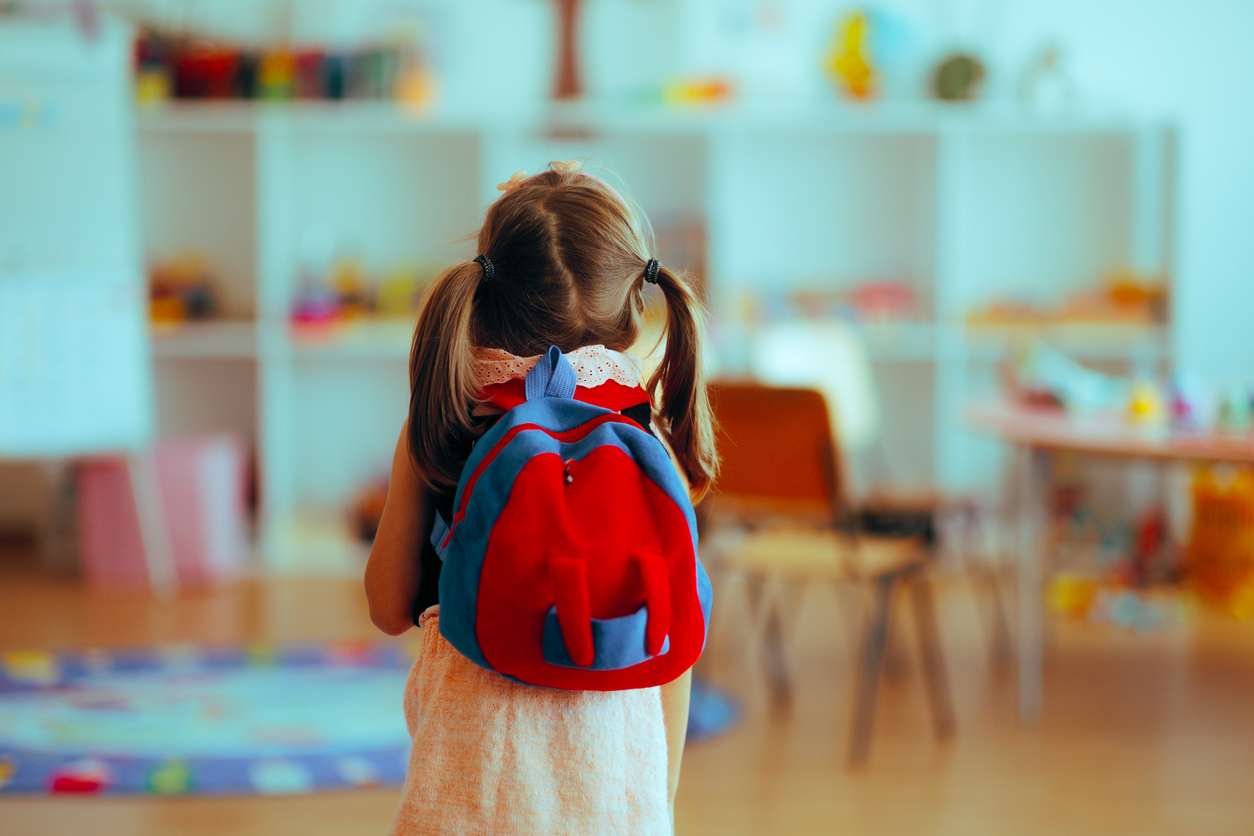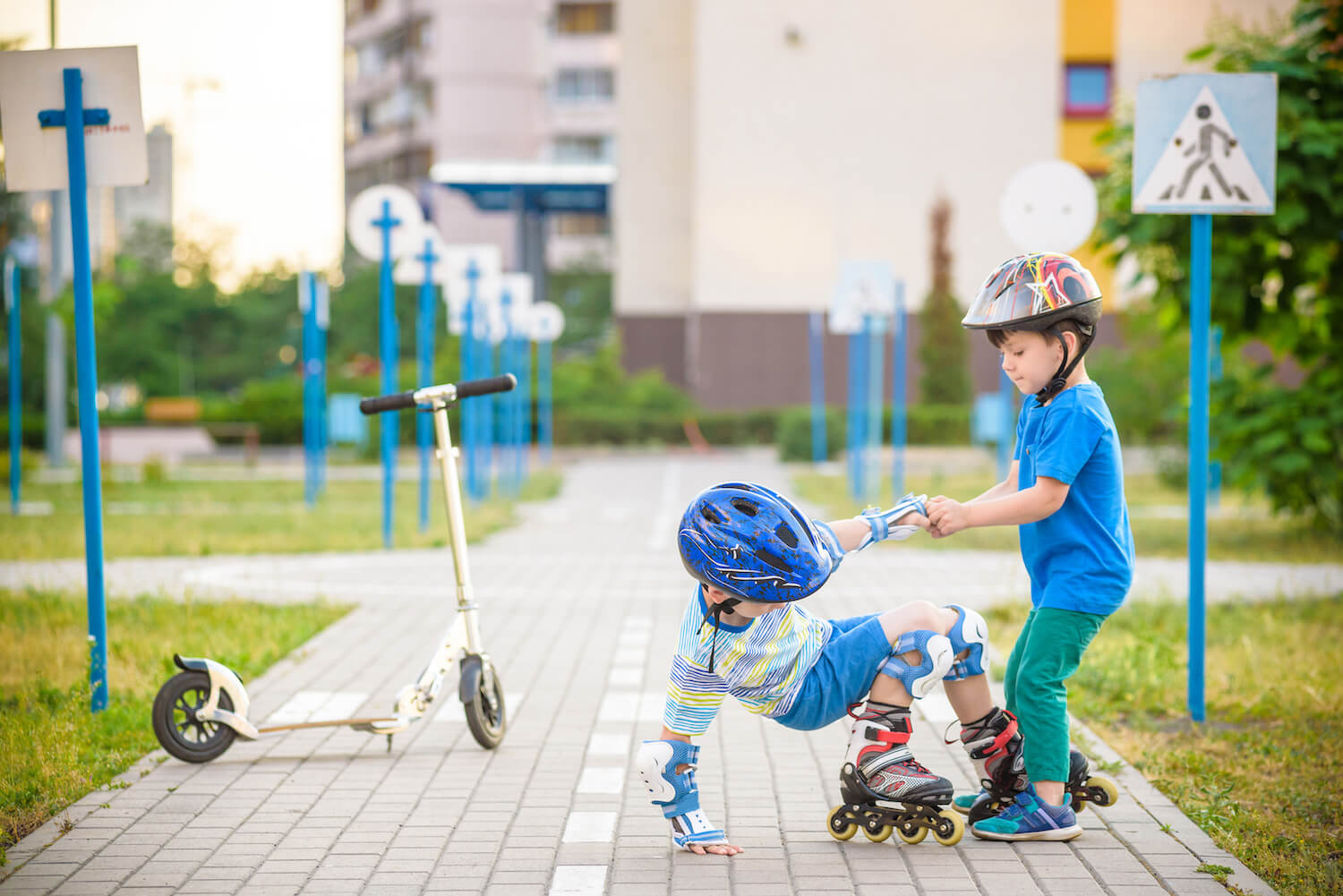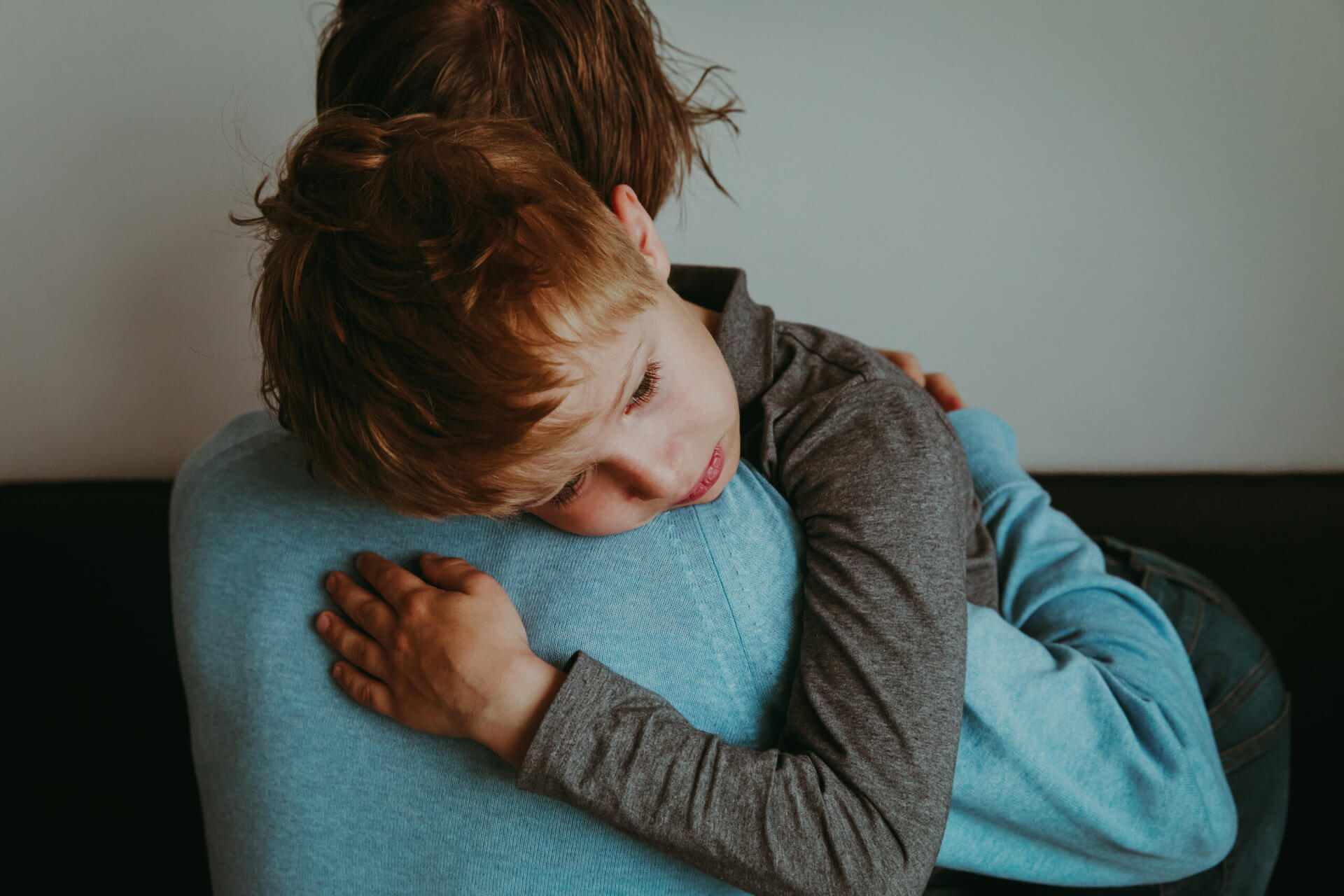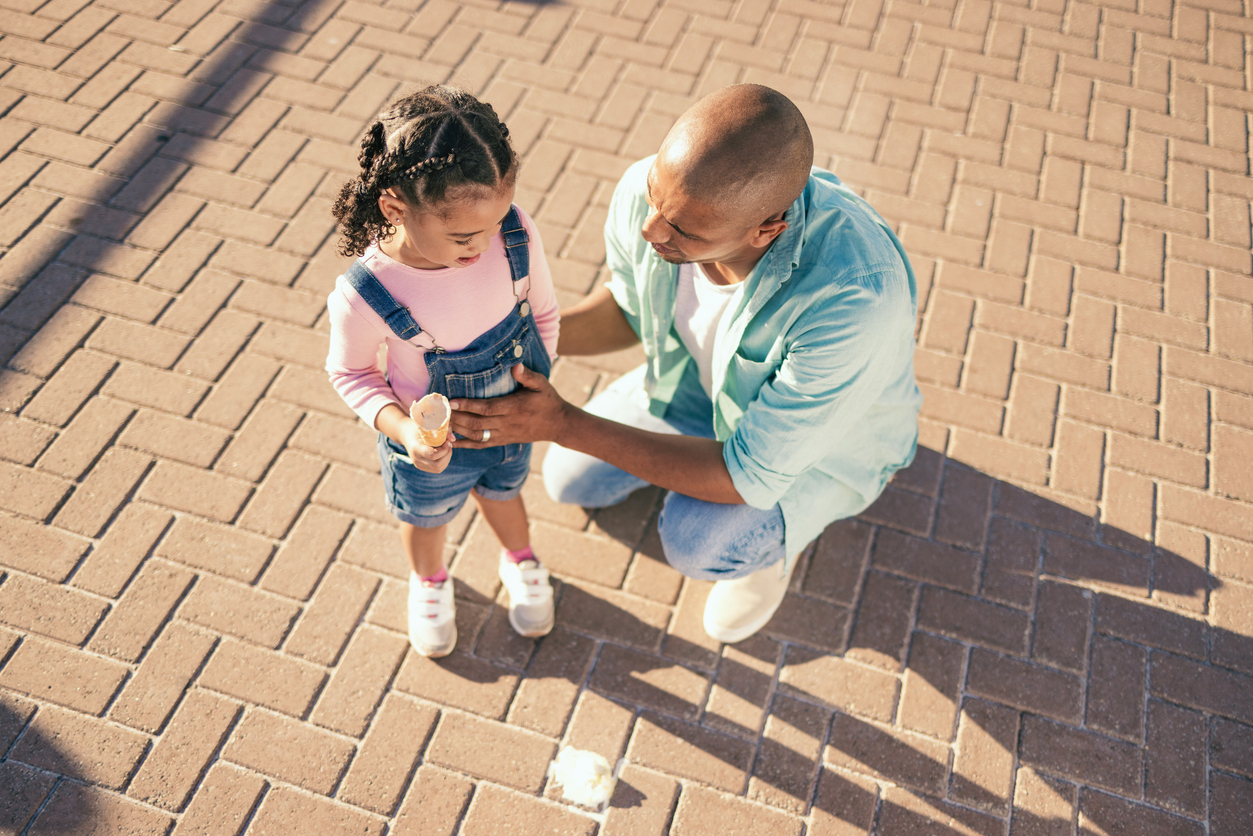What to Do When Your Young Child Has School Anxiety

School anxiety in preschoolers and kindergarteners often shows up as shyness, clinging at drop‑off, crying before school, avoiding group games, or struggling to speak up. It might also look like stubborn behavior, tummy aches, or restlessness.
If you’re seeing these signs in your child, you’re not alone. Starting or returning to school can feel overwhelming for young children, and it can be tough on parents too. You might feel unsure about what to say, how firm to be, or how to comfort them without making things worse.
The good news is, there are ways to help. Here are some strategies that can make going to school feel easier for your child, and for you.
1. Start by understanding what’s underneath
Take a moment to explore why your child might be feeling uneasy. Once you understand what’s going on, it’s easier to respond with the right kind of support.
- Try to avoid yes-or-no questions like “Are you scared about school?” or ones that assume something is wrong. Instead, ask more neutral, casual questions like, “Do you know what you’ll be doing at school?” or “What do you think your classroom will look like?”
- Check in during calm, everyday moments, like getting dressed or riding in the car. Kids often open up more when there isn’t a big “let’s talk” moment.
- If your child went to school last year, talk to their former teacher. Maybe group time felt overwhelming, or there were challenges with noise or friendships.
- If this is their first time at school, that alone can feel big. Walking into a completely new environment can be scary, even when it’s something exciting.
2. Validate their feelings
Really listen to your child and show them that you hear what they’re feeling.
- Acknowledge their worries without brushing them off. Instead of saying “There’s nothing to worry about,” you might say, “It’s normal to feel unsure when something is new. Lots of kids feel that way.”
- You don’t need to promise that everything will be easy. What helps more is showing confidence that they can handle it, and letting them know you’re there to support them. For example, you can share a story about a time when you felt nervous, like starting a new job or moving to a new place, and how you got through it.
3. Prepare and rehearse
Practicing what school might be like can help your child feel more ready.
- Try using pretend play to act out everyday school situations, like saying hello to a new friend or asking someone to play. They can introduce themselves to a stuffed animal or practice taking turns and sharing with their favorite toys.
- Before school starts, try visiting the building together. If possible, go more than once. Walk around and find important places like the bathroom. Walk or drive the route to school, and practice the drop-off routine together. If you can, meet the teacher ahead of time so your child can see a familiar face on the first day.
4. Encourage coping over avoidance
When your child is anxious, it’s natural to want to let them stay home, but avoiding school often makes things harder in the long run. Stay warm and supportive, but also firm about going to school, encouraging them to cope even when it feels uncomfortable. With time, anxiety usually lessens, and your child learns that feeling nervous doesn’t mean they can’t join in.
- Listen to your child’s concerns and rule out anything serious. If they say they feel sick, check for real medical issues or social problems like bullying. If everything checks out, explain that their body might be reacting to stress, not illness, and gently redirect their focus toward getting ready for school.
- If your child’s anxiety is intense, a slow return to school might help. One day might just be getting dressed and driving past the school. The next could be staying for one class. Then, gradually, a full day.
- You can problem-solve together. Talk about what’s making school hard and come up with ideas as a team. Teaching your child calming strategies can also make this process easier.
5. Practice ways to calm down
Help your child learn simple ways to calm down when they feel anxious. Practice these tools together at home so they feel natural to use at school. Practicing together also helps remind them of the calming moments they’ve shared with you. You can teach them to:
- Take belly breaths, like blowing up a balloon
- Do a simple stretch like rolling their shoulders in circles
- Think about something that makes them feel happy, like their pet
- Hold a small comfort item in their pocket (if allowed)
- Ask their teacher for a short break
- Share what they’re feeling with their teacher
6. Model calm, not worry
It’s completely normal to feel nervous about your child going to school. But children are tuned in to how their parents feel, so how you handle your worries matters just as much as what you say.
- Try to take a moment to calm yourself before speaking with them. When your child sees you handling your emotions with care, they learn they can do the same.
- You don’t need to pretend everything is perfect. It’s okay to let your child know that even grown-ups feel unsure sometimes. You might say, “I felt a little nervous this morning too, but I took a few deep breaths, and it helped me feel better. Would you like to try that together?”
Starting school can feel big, for kids and parents. With a little preparation and support, you can help your child feel more confident, calm, and ready for this new chapter.














